Samsung Galaxy S20 Ultra vs Galaxy S10 Plus
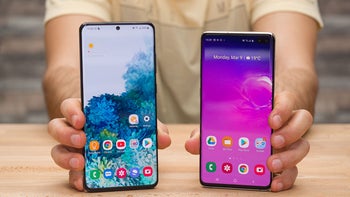
The phones from the Samsung Galaxy S21 series are now joining the flagship phone market! Check out how the newest Galaxy S21 Ultra compares to the Galaxy S10 Plus in our detailed Galaxy S21 Ultra vs Galaxy S10 Plus comparison article!
##
The new Samsung Galaxy S20 Ultra 5G is here, but should you upgrade if you already own the Galaxy S10 Plus?
- 5G connectivity
- Faster processor
- Camera that can zoom further and record 8K video
- Bigger battery
- Faster charging
How important are those differences and is it really worth spending nearly double the price for a Galaxy S20 Ultra over the S10 Plus? With the S10 Plus fluctuating around $800 in early 2020, and the S20 Ultra selling for $1400, this is a question well worth asking.
We dive deep in the differences between Samsung's brand new 2020 flagship against one of its best phones in 2019.
Design
Before we look at the camera and battery, it's worth mentioning what a huge difference there is between the physical size of the S20 Ultra and the S10 Plus. The Ultra is much bigger and bulkier, and the S10 Plus - a big phone on its own - looks slim and compact in comparison.
It's hard to judge pure aesthetics, but the gigantic camera bump on the S20 Ultra is subjectively not among the prettiest things in the world, while the horizontal camera strip on the S10 Plus looks much more elegant. We are also a bit disappointed with the boring color selection on the S20 Ultra: you only have a gray and a black colorway, while the S10 Plus is also available in white, which looks clean and fresh. Of course, let us once again say that colors are hugely subjective and these are just our two cents.
Then, there are other important changes that have happened with the Ultra:
- first, there is no Bixby button on the S20 Ultra (yay!)
- second, there is no headphone jack on the S20 Ultra (not so yay)
The Bixby Assistant is still available, just not via a dedicated button, but it has not proven itself over more knowledgeable virtual butlers like the Google Assistant, so we're definitely glad Samsung has made it less intrusive. We do lament the removal of the headphone jack as the S10 Plus was one of the last major flagships to have it, and now it's gone with the S20 Ultra.
You can check the two phones in our beauty shots below and see those differences for yourselves:
Display
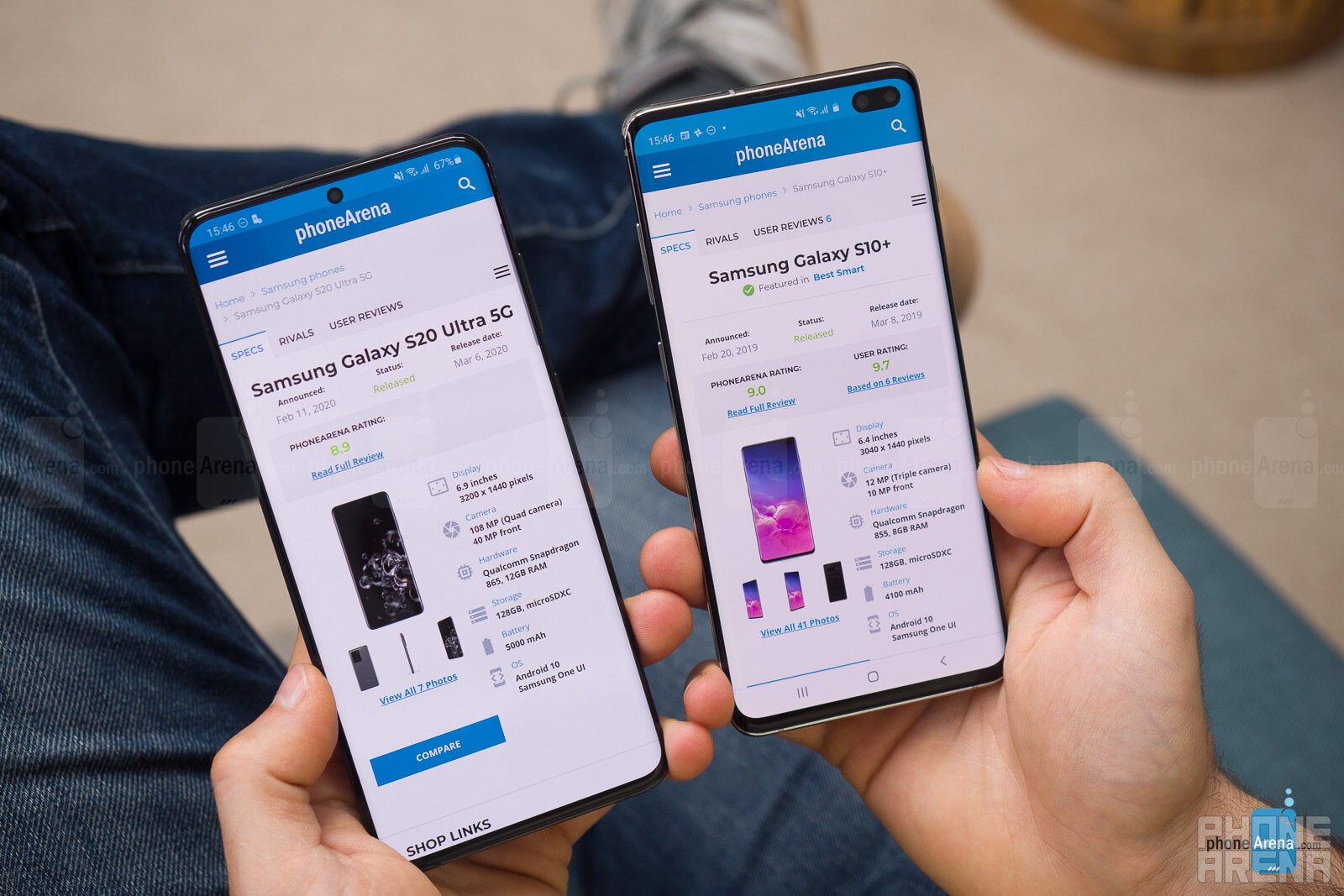
The screen on the S20 Utlra is bigger and taller, but that is not the main difference that you should consider.
The main difference is called 120 Hertz, which is double the refresh rate of the S10 Plus and it makes a huge difference. Everything reacts so much quicker, moves so much smoother in 120Hz, but that option also takes a toll on battery life. If you use the 120Hz option, expect the S20 Ultra to have 20% less battery life than compared to it running at 60Hz. More on battery life later, but we have to stress one more time what a great difference 120Hz makes and how it improves the experience in a big way.
Biometrics and Security
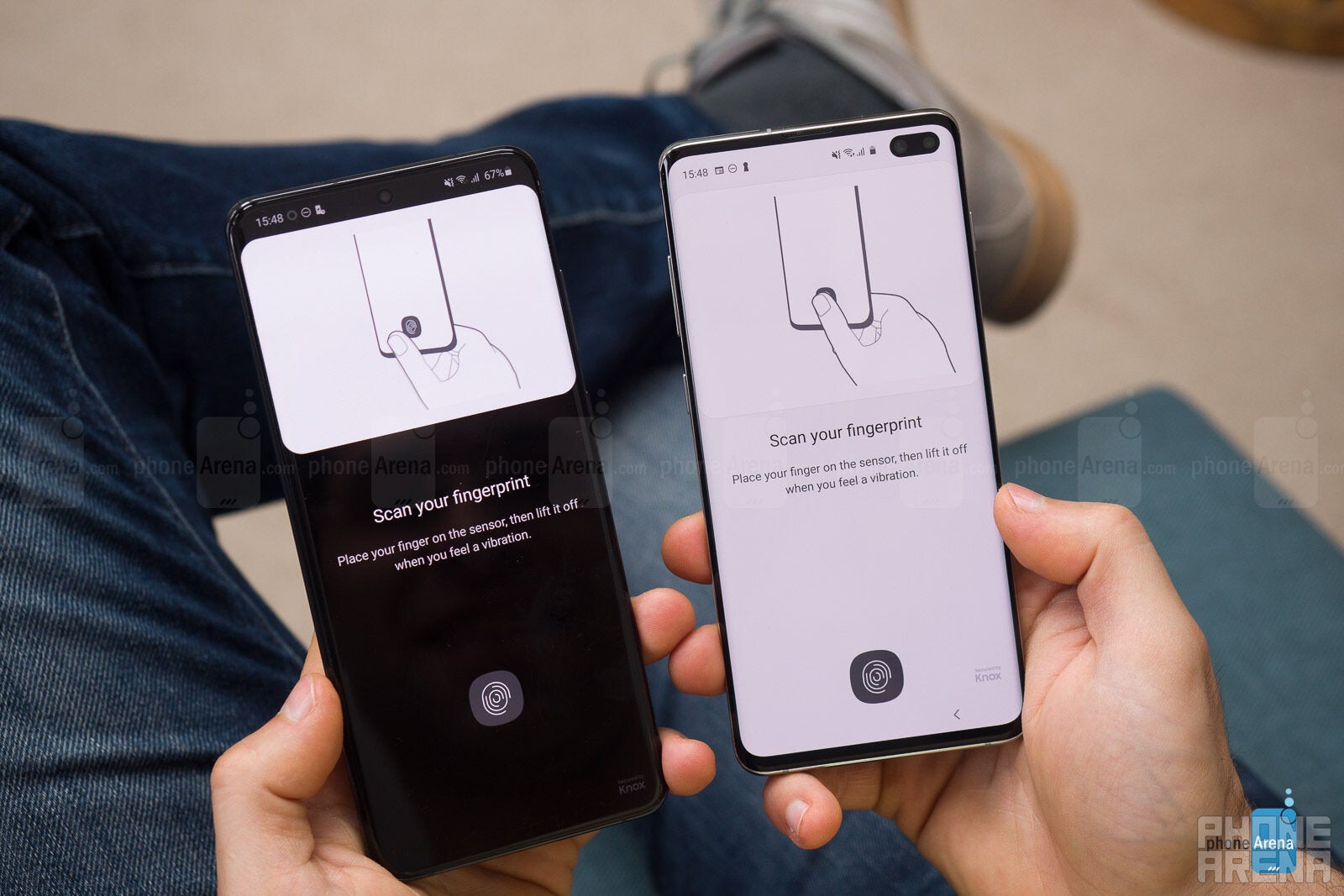
One more thing we should mention is that there is no noticeable difference in the ultrasonic in-screen fingerprint scanner that Samsung uses. This is probably the weakest part of the Galaxy experience as this fingerprint reader is neither as fast, nor as accurate as optical fingerprint scanners on other Android phones.
Both phones also support face recognition. It's a nice option to have and it works good in combination with the often frustrating fingerprint scanner. However, keep in mind that what you have on board of both phones is image-based, 2D face recognition that could theoretically be tricked easily with a photograph, so it's not as secure as 3D face recognition like on iPhones.
Performance
The Galaxy S20 Ultra comes with the latest Snapdragon 865 chip in the United States, while in the rest of the world it is equipped with Samsung's own Exynos 990 chip. This compares with last year's Snapdragon 855 processor on the S10 Plus US model or Exynos 9820 for the International version of the phone.
What's the difference between the two you ask?
Well, we would say that it is hard to notice in real life, but it is there in benchmarks and it will make the S20 Ultra more future proof.
In terms of storage, both phones come with 128 gigs of on board memory, and both also support microSD cards in case you want to expand further on that storage.
Camera

The thing you came here to see is the camera, and indeed the S20 Ultra has a gigantic camera module on its back that suggests some big changes have happened.
Let's take a quick look at the camera specs first:
- Galaxy S20 Plus: 108MP wide-angle camera, 12MP ultra-wide camera, 4X zoom 48MP periscope camera, DepthVision (ToF) sensor
- Galaxy S10 Plus: 12MP wide-angle camera, 12MP ultra-wide camera, 12MP 2X zoom telephoto camera
One interesting detail you should know is that the Ultra uses a much larger sensor than most other phones these days, but even though the sensor is a 108-megapixel one, by default it captures 12MP images by combining 9 of the pixels on the 108MP sensor into 1 final superior pixel. This way, you still get 12MP shots that supposedly look better. Let's check on that claim and let's also look at the advantages of the new periscope camera.
Zoom
You can clearly see how the S20 Ultra beats the S10 Plus in the zooming game. This is especially noticeable at 10X zoom, but you should also remember that the Ultra can zoom all the way to 100X level, while the S10 Plus is limited to 10X zoom.
Interestingly, since the Ultra is lacking a 2X zoom camera, the S10 Plus actually captures a more detailed photo at 2X zoom level.
Main Camera
But what about the main camera, is that 108MP sensor really the revolution we were all hoping for in smartphone photography?
Well... the answer is complicated and while we wish we could say that this camera is game-changer, often times it does not quite perform as good as the S10 Plus.
Take a close look at the shots above, there is a bunch of them, you will see that Samsung has opted to go with very strong contrast and it oversharpens images noticeably. Sometimes this looks good, but often times it looks worse than on the S10 Plus, which retains a more natural look.
Portrait Mode
One area where we find the S20 Ultra clearly lacking in comparison to the S10 Plus is in the portrait Live Focus mode. Since the S10 Plus has a 2X zoom telephoto lens, it's able to capture a lot more detail and portraits on it look more pleasing.
Ultra-wide Camera
We don't see any major difference in the ultra-wide camera, it appears to be almost unchanged from the S10 Plus in 2019.
Selfies
Selfies can sometimes look amazing on the S20 Ultra, but we have also noticed that sometimes the phone would blur images almost beyond recognition. This seems to be a nasty bug on the S20 Ultra and we hope Samsung fixes it in an upcoming update, but at the moment the camera is definitely hit or miss. Here, you can see how on the first shot, my face is blurred and lacking detail on the Ultra, while it looks nice and sharp on the S10 Plus. On the second image of Peter, the Ultra actually captured a good looking image.
Battery Life
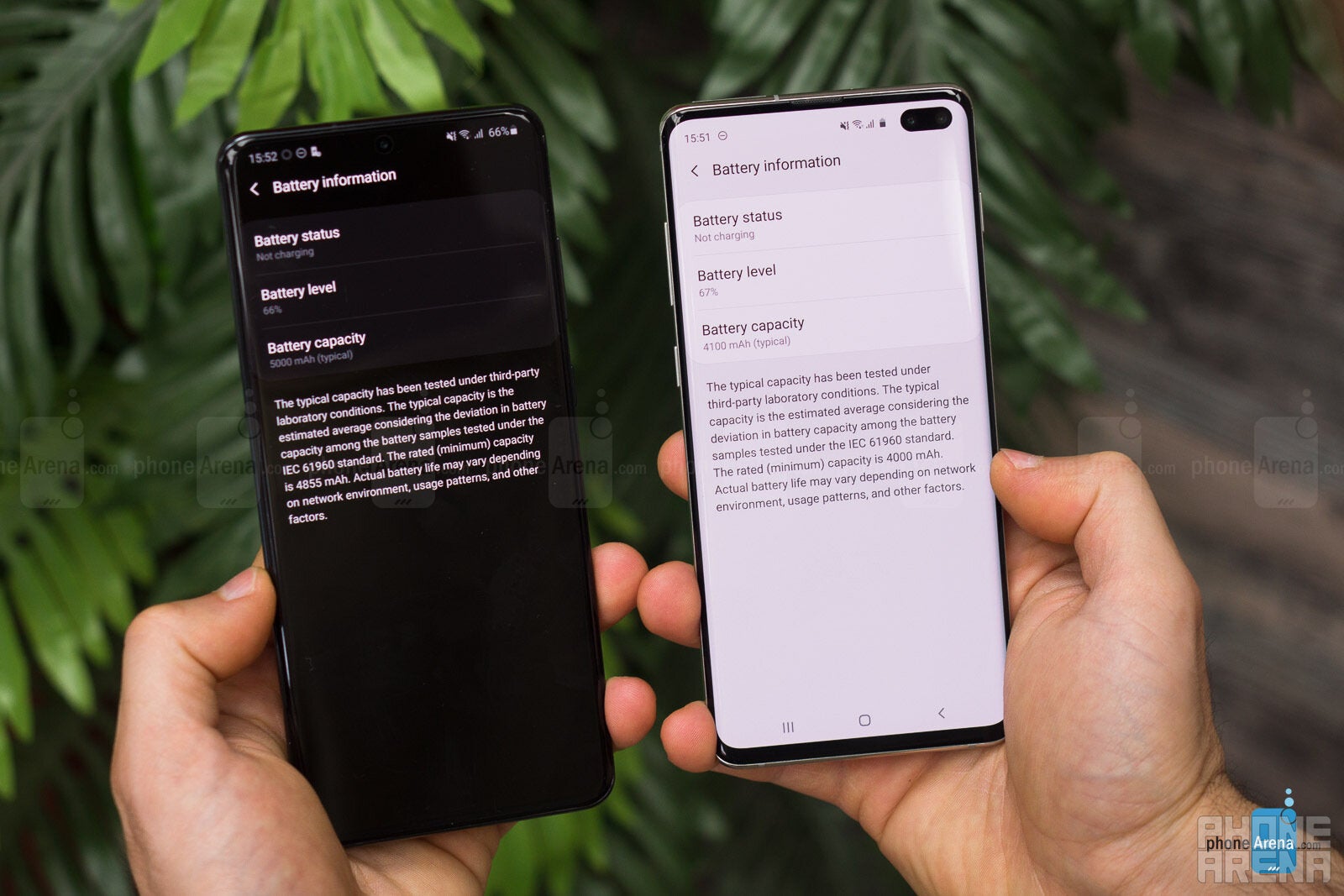
Finally, in terms of battery life, the S20 Ultra seems to have a big advantage: its 5,000mAh battery size trumps the 4,100mAh battery on the S10 Plus by a big margin.
In real life, though, the S20 Ultra doesn't really last two full days between charges. If you use it at 60Hz, not making use of the impressive new 120Hz refresh rate option, you will get very solid battery life, but if you go with 120Hz that looks better, battery life drops below that of the S10 Plus.
We have measured this using our browsing and scrolling test, and you can see the results right below:
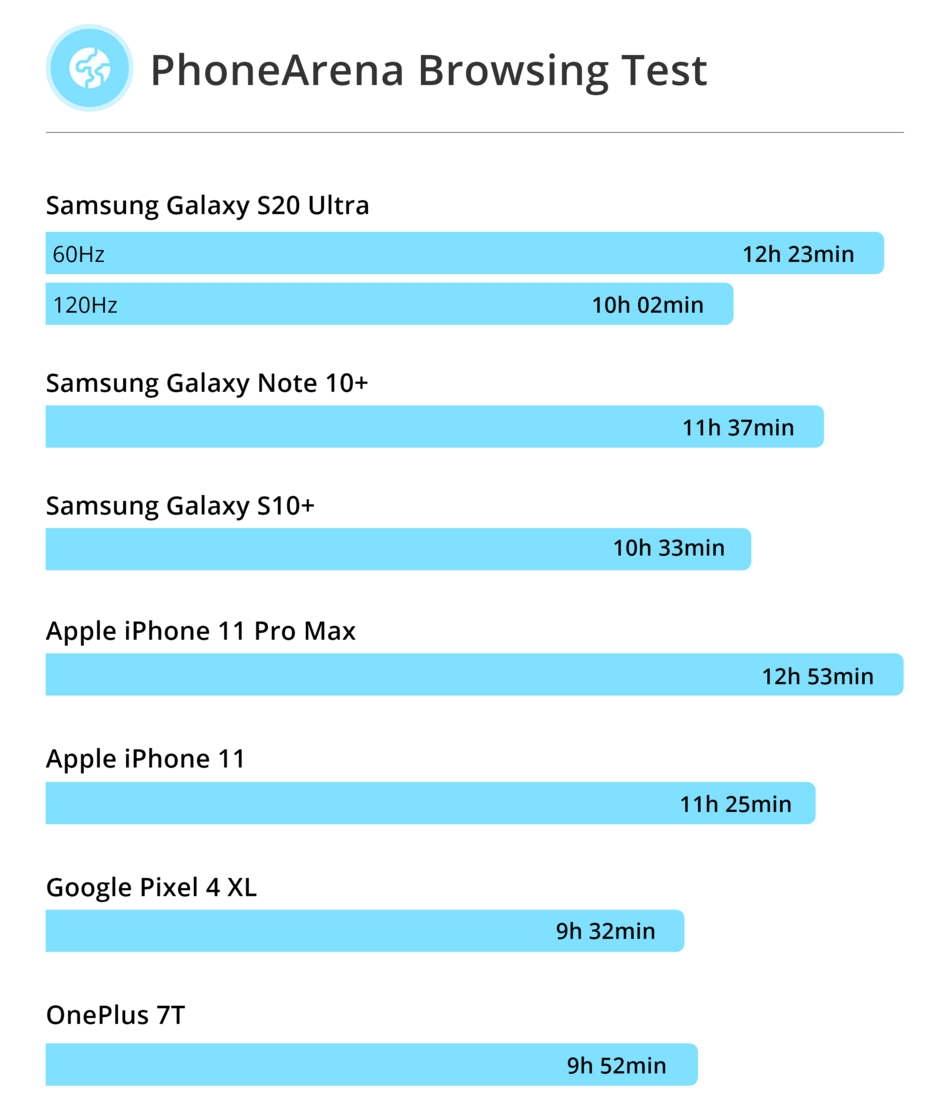
Charging Speeds
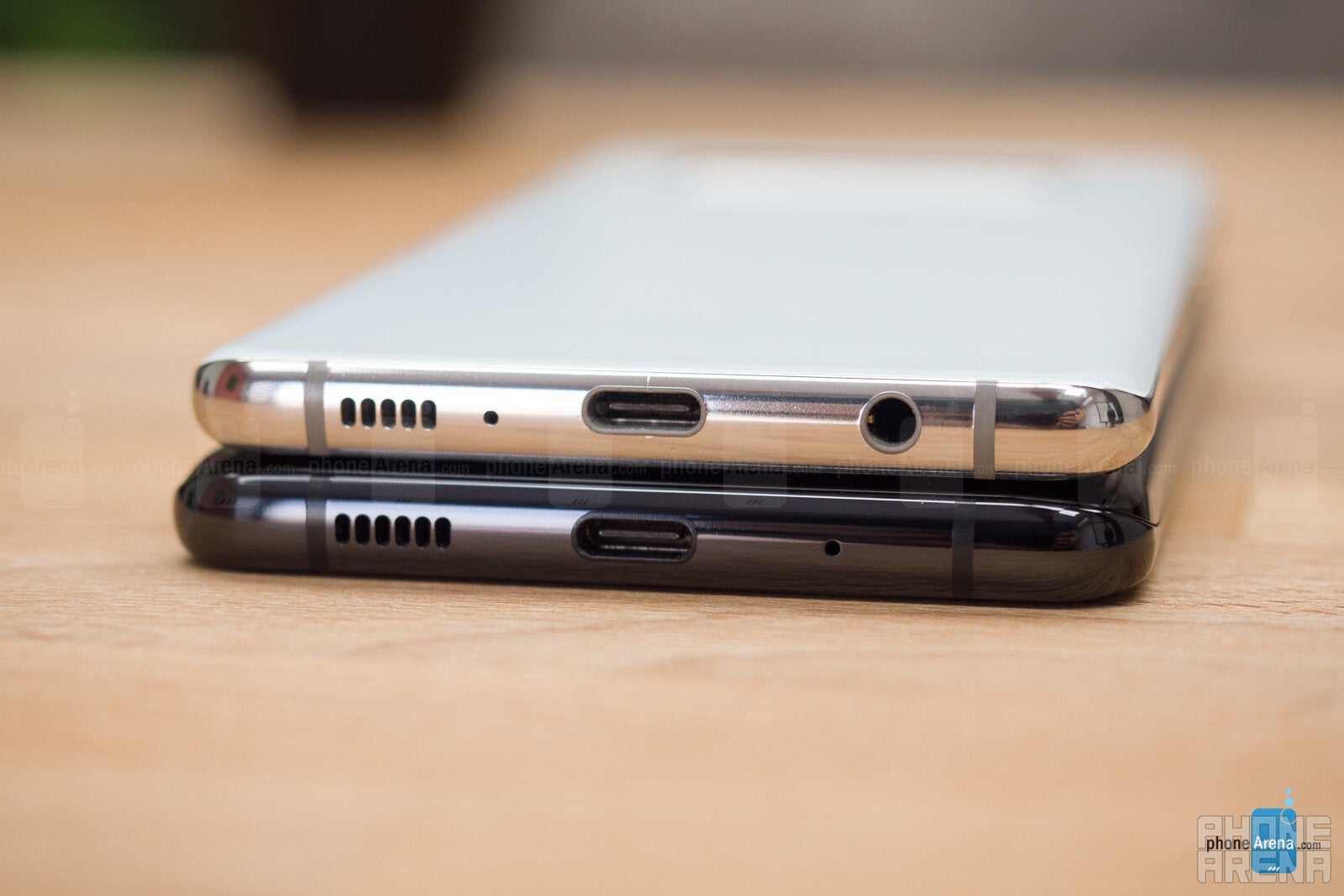
Notice the off-center charging port on the S10 Plus, something that's fixed on the new S20 Ultra"
Finally, in terms of charging speeds, Samsung now bundles the S20 Ultra with a 25-watt fast charger, quicker than the 15-watt charger included with the S10 Plus.
Charging speeds are indeed much quicker. While the S10 Plus takes about an hour and 40 minutes to fully charge, the S20 Plus finishes a 100% recharge cycle in exactly 1 hour.
Loudspeaker
We should also mention that Samsung has done improvements to the loudspeakers on the S20 Ultra (there is one firing to the bottom, and another one embedded in the earpiece), so they sound extra loud and clear. In fact, these are almost as good as the speakers on the Pixel 4 XL, our current favorite phone in terms of loudspeaker quality. The loudspeaker on the S10 Plus is still definitely not bad, but definitely not as rich as on the Ultra.
Prices and Conclusion
Finally, we have to consider price as the S20 Ultra is not only expensive, it's "ultra"-expensive:
- $1400 for Galaxy S20 Ultra (128GB)
- $800 for Galaxy S10 Plus (128GB)
This is nearly double the price of the S10 Plus! So should you upgrade? The Ultra is indeed a phone that goes the extra mile, but it also has a few problems with the camera (the auto-focus in video is not reliable, and selfies are often ruined by a bug, to name a few), and the 120Hz option which is extremely nice also hits battery life pretty hard. It's a phone that won't disappoint hardcore users and enthusiasts, especially if you're into those zoom photos, but its price might be too high for everyone else.
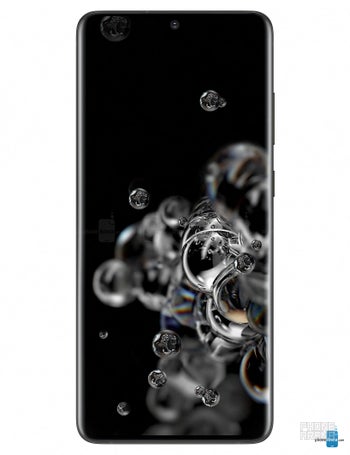
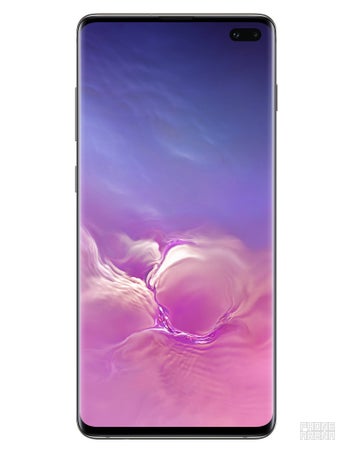
















Things that are NOT allowed: